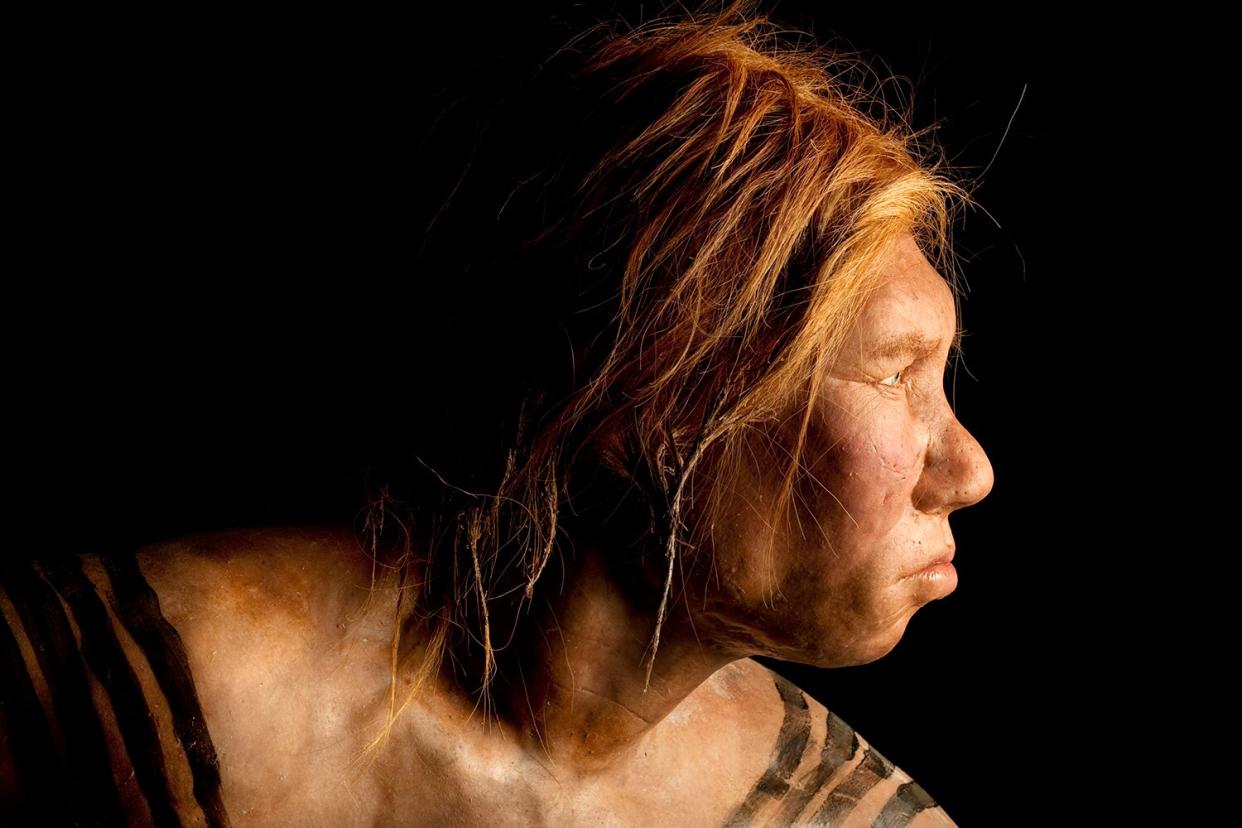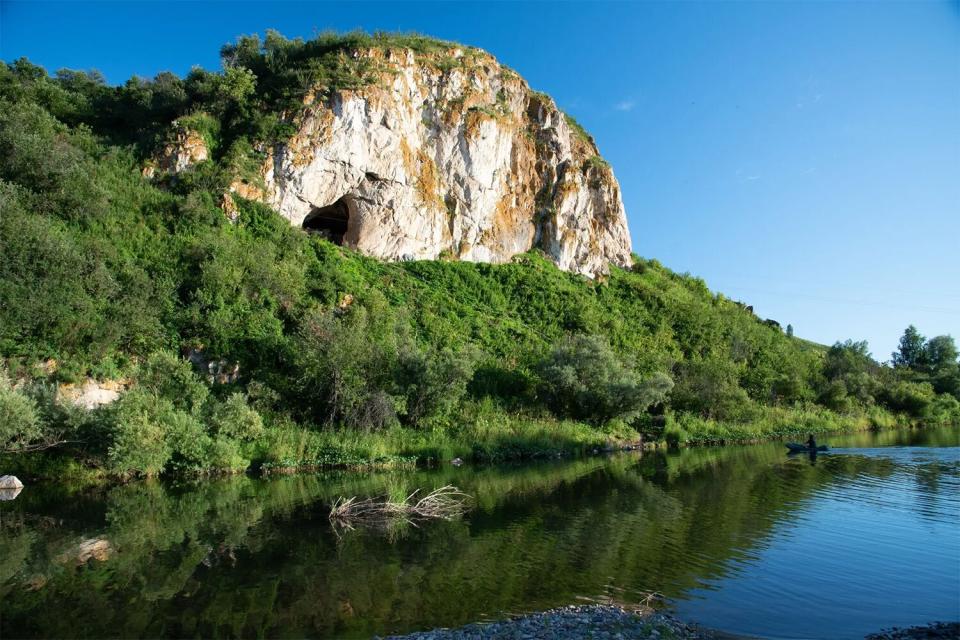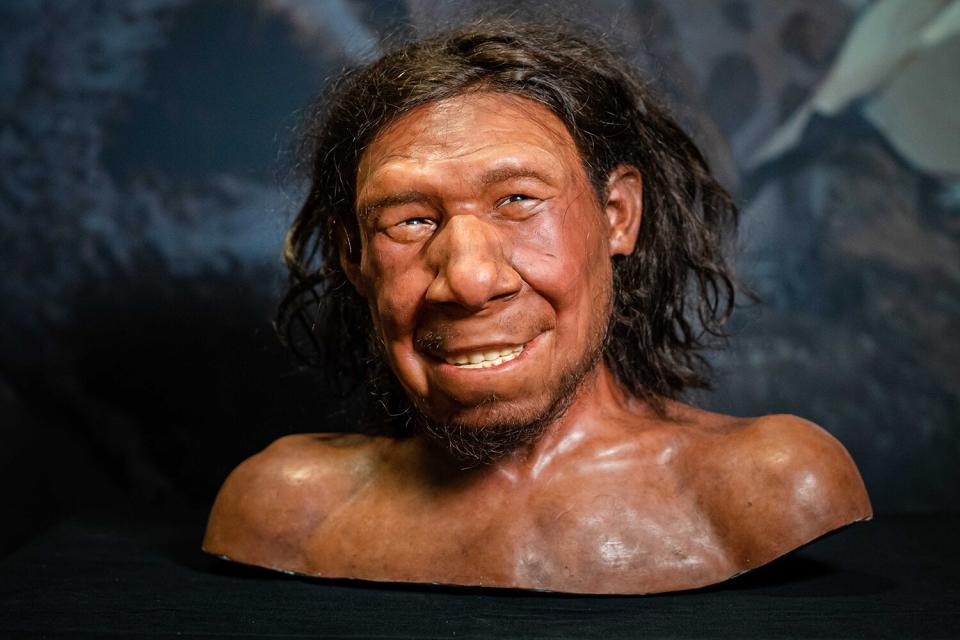Remains of Neanderthal Family, Including Father and His Teenage Daughter, Found in Siberian Cave

Joe McNally/Getty
The remains of the first known Neanderthal family have been discovered in a Siberian cave.
On Wednesday, scientists revealed that they found the fossilized bone fragments of a closely related Neanderthal clan, including a father and his teenage daughter, in a study published in Nature.
According to the scientific journal, the findings were part of one of the largest genetic studies of a Neanderthal population to date, and were carried out by a global team of scientists.
The group determined that the Neanderthals were living together on rocky clifftops more than 50,000 years ago, and likely died from starvation or during a violent storm.
Never miss a story — sign up for PEOPLE's free daily newsletter to stay up-to-date on the best of what PEOPLE has to offer, from juicy celebrity news to compelling human interest stories.

Bence Viola
RELATED: Scientists Discover 4 New Shark Species — and All of Them Can Walk!
In the study, scientists provided the genetic data for 13 Neanderthals from two Middle Palaeolithic sites in the Altai Mountains of southern Siberia — 11 from the Chagyrskaya Cave and two from the Okladnikov Cave.
The 13 Neanderthal individuals included five children and adolescents, with seven males and six females making up the total group.
Want to get the biggest stories from PEOPLE every weekday? Subscribe to our new podcast, PEOPLE Every Day, to get the essential celebrity, entertainment and human interest news stories Monday through Friday.
Scientists found that the Chagyrskaya individuals were closely related, including the father-daughter pair, and they also found a set of second-degree relatives, perhaps an aunt or an uncle and a niece or nephew.
As the The New York Times notes, the father is a close relative of two other adult males at Chagyrskaya. The remains of an adult woman and a boy also contained DNA that suggested they were likely related.
The scientists believe some of the individuals likely lived at the same time, they said.
The team added that up to one-third of the genomes of the individuals studied had long segments of homozygosity, which indicates that the Chagyrskaya Neanderthals were a likely part of a small community.
RELATED: NASA'S Webb Telescope Captures Incredible Never-Before-Seen View of the Pillars of Creation

Bart Maat/EPA-EFE/Shutterstock
"Chagyrskaya Cave is basically a moment in time 54,000 years ago when this community lived and died in this cave," Richard G. Roberts, a scholar at the University of Wollongong in Australia, and one of the co-authors of the study, said in an interview, per The Washington Post.
"Most archaeological sites, things accumulate slowly and tend to get chewed over by hyenas or something else like that," he added. "You don't really get sites that full of material. It was packed full of bones, Neanderthal bones, animal bones, artifacts. It's a moment, literally frozen in time."

